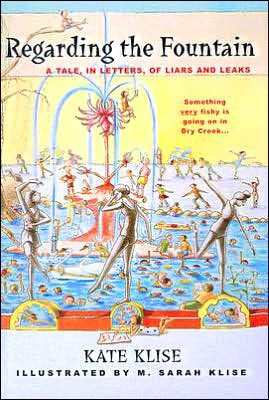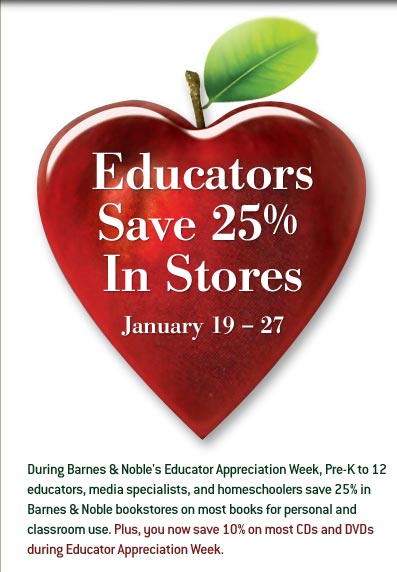Most of my students are embarking on a month-long independent reading project where they get to choose their own books, do a project at the end (I made Glogster one of the options and I bet a lot of kids are going to use that …. mark my words) and answer some basic questions about theme, character development, plot, etc.
They also have to keep a reading journal and I am really pushing them away from summarizing the text, which they all seem to want to do even though I say, “I have probably read most of your books and I don’t need to know what happens in the story. I want to know what you think about what is happening.”
To help them, I do provide a list of possible entry ideas to help spark their writing, including connecting their lives to the story in the book, pulling out quotes or passages and reflecting on them, and asking questions about where the story is headed. But I know a lot of them will struggle with these critical thinking prompts, so yesterday, I modeled some responses based on the book I am reading in class (I read while they read) that was recommended by my friend, Tony. The book is Powerless by Mathew Cody.
I put my sample responses into a Prezi and walked my students through my thinking process, and I already saw some positive results in quality of responses. It reminds me of how important it is for me to share my own thinking and reflecting, and make that process as visible as possible.
Peace (in the prezi),
Kevin
PS — here is an interview with the author of the book:




